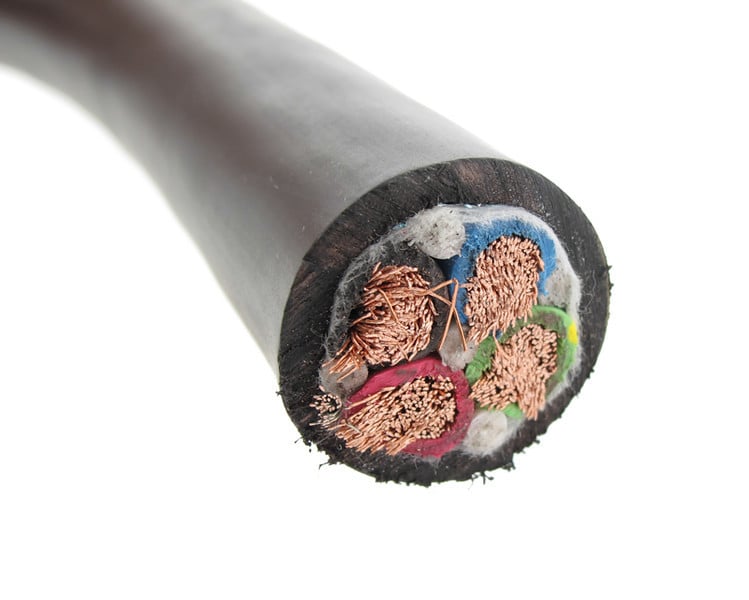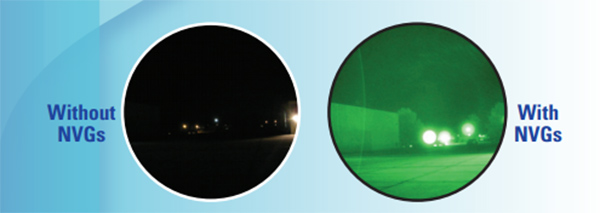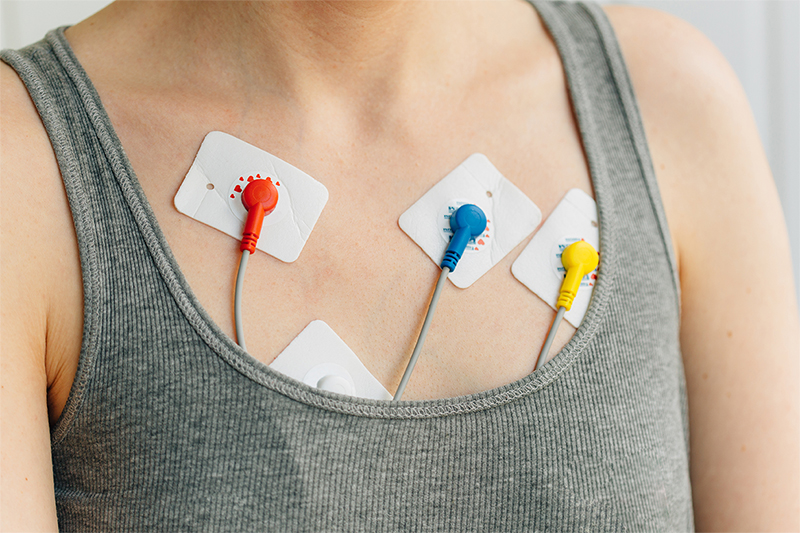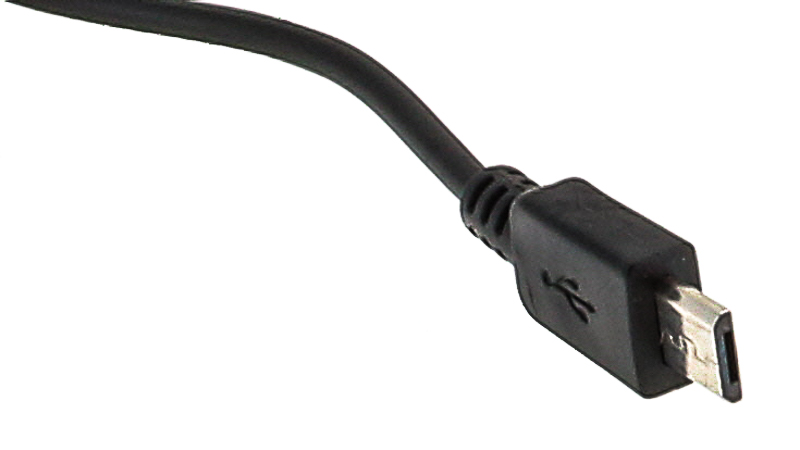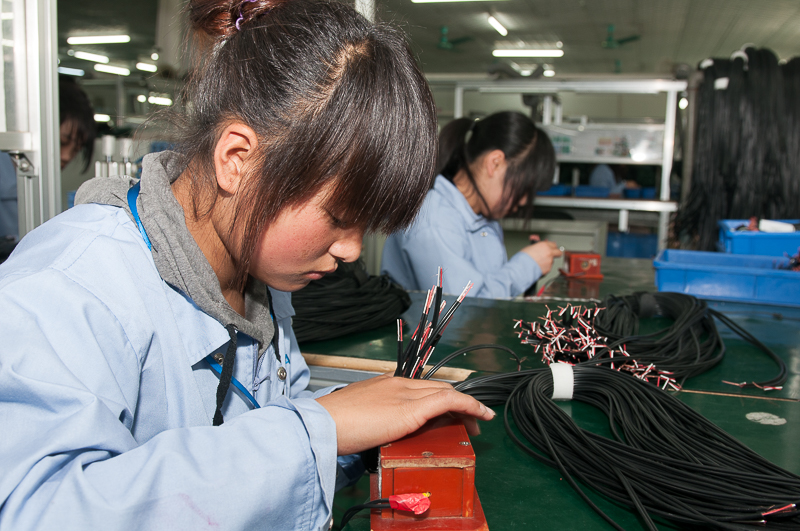Cable assemblies are needed across various industries and are utilized in goods that include consumer electronics, industrial products, mil areo, and even medical devices. Low cost does not mean low quality; in fact, low-cost cables are qualified for use on many high-reliability applications.
Steven J Goodman

Recent Posts
Specific to medical devices, handheld electronics, rack-mounted equipment, and other instrumentation utilize membrane switches as a low-cost and high-reliability solution for keypad and button technologies. There are countless button and switch options available for the plethora of design requirements that exist. Medical professionals use these buttons as the primary way to interface and operate the device.
Emerging from the COVID-19 pandemic has been especially challenging for many electronics manufacturers. As the world’s production flood gates opened, deliveries that were on hold for the past year are now being asked to be rushed and pulled ahead.
Shielded cables are ubiquitous across nearly all industries. Not to be confused with armored shielding, which is designed to physically protect a cable, shielded cables are used to safeguard against electromagnetic energy and the negative consequences from signal corruption, blown components, or even a failed qualification test. Cable designers will specify whether a shield is required and its general construction. But just adding a shield to a cable may not be enough to achieve the required performance levels that are anticipated.
One of the most common reasons for selecting a custom cable assembly is to satisfy some type of flexibility or bending requirement. Even the bulkiest of electrical cables have some sort of give to them, allowing them to form around corners or be coiled.
There are many forms of Night Vision Imaging Systems (NVIS) that help our nation’s warfighters, pilots, and other professionals. Known as Night Vision Goggles (NVG), these devices are highly specialized and amplify various wavelengths of light allowing the user to “see” in darkness.
Cable assemblies used in the medical the industries have to be biocompatible, made of a material that will not cause issues or adverse effects when coming in contact with the body. The material should not cause any type of toxicity (whether it is to the skin or to internal organs, bone, blood, or tissues) that could endanger a person's health.
Overmolded cable assemblies are widely known for their superior performance, attractive cosmetics, and the fact that they can be customized for nearly any application. But overmolded cables also require a sizable investment in hard tooling well before the first cables are ever produced.
When it comes to selecting the appropriate cable type for a multi-conductor , there seems to be an endless combination of wire sizes, jacket materials, conductor arrangements, and shielding methodologies.
When sourcing custom cable assemblies, customers seek the highest quality design and manufacturing capabilities at the lowest costs. Due to these factors, many customers source their custom cable assembly builds from offshore manufacturers. These cable assemblies may consist of ordinary data cables, low voltage wire harnesses, high-resolution video cables, or something completely custom.



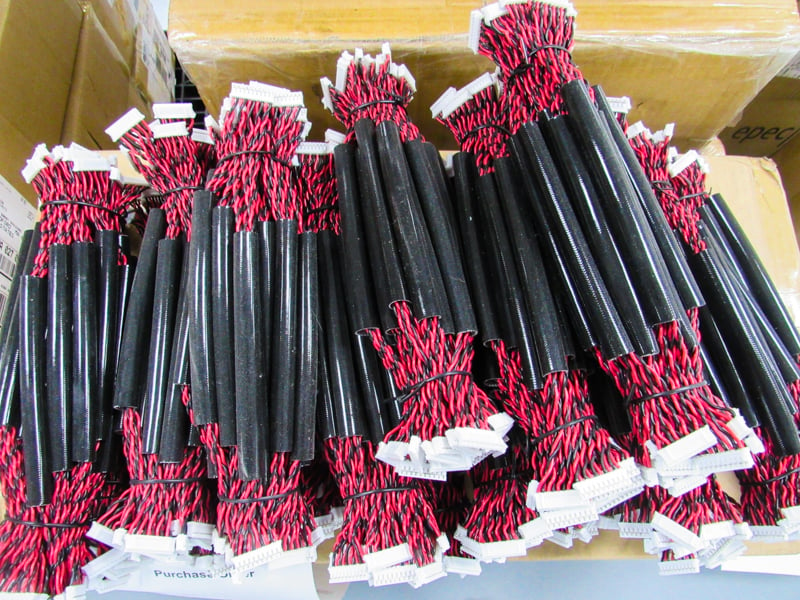
.jpg)
